Like so many industries within the Internet of Things (IoT), Bluetooth® Low Energy (LE) connectivity has completely altered the landscape of asset management. Bluetooth LE now represents a 50% share of the trackable asset tags in the market today.
RFID-based tags and labels are still in use but have limited capabilities in their ability to provide active data about events surrounding the asset. RFID is not considered to be a tracking system but more of an identification technology requiring a scanner and human intervention.
This is why most RFID tag manufacturers are now considering Bluetooth LE for the development of new tags.
With Bluetooth LE running on the embedded MCU, a number of value-added services are now possible, like environmental data log transmission, cold-chain management and accurate, real-time localization.
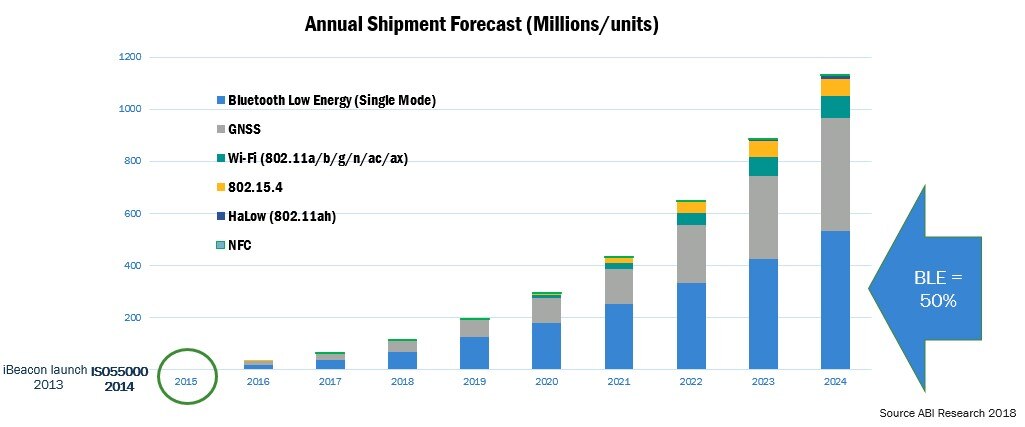 Figure 1. Asset tracking forecast by connectivity technology
Figure 1. Asset tracking forecast by connectivity technology
In 2015, the Bluetooth tag market was in its infancy stage with approximately 26 models from 22 manufacturers. At that moment, Aislelabs published a technical benchmark of each of those devices. The conclusion was that under their specific testing conditions and the CR2032 battery, the battery life was limited to four to five months, depending on the device manufacturer and the silicon chipset vendor.
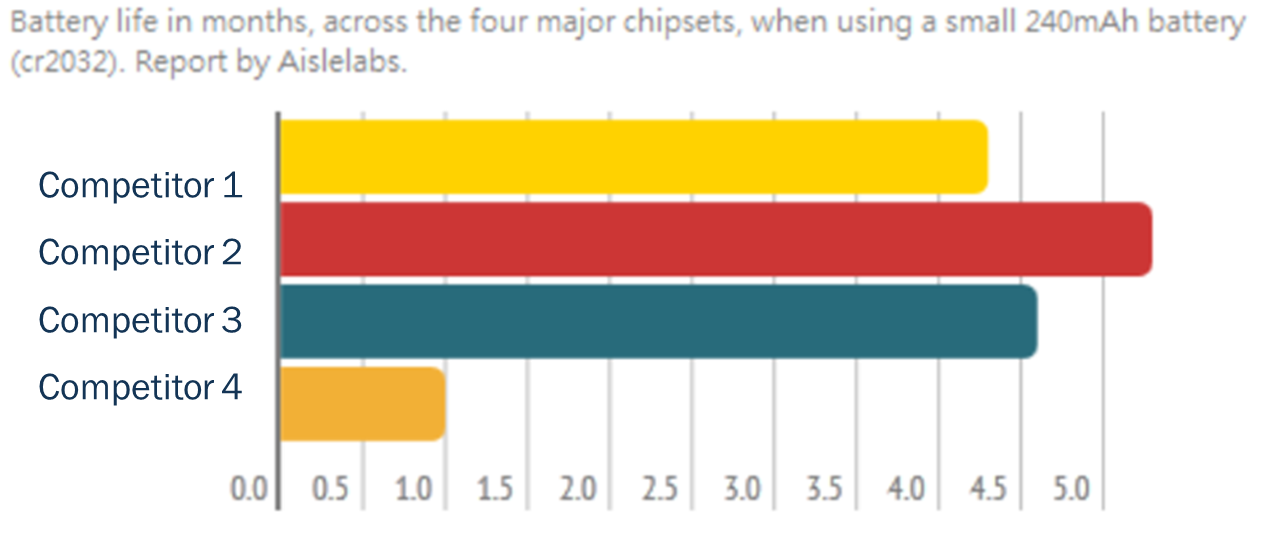
Figure 2. Bluetooth tag battery life comparison in months (Source: Aislelabs)
This life expectancy is not enough for consumer applications, let alone for Industry 4.0 where it’s vitally important to keep operating costs as low as possible. Considering maintenance and service fees, battery replacements and recycling costs, it is not feasible to deploy a device that has to be checked roughly every five months. Our field investigations indicate that achieving a battery life of five years of operation is an important and necessary target for industrial asset tracking tags.
In the sections below, we will review key technologies that allow us to develop a Bluetooth LE-enabled tag with a 5-year battery life without compromising on performance and deployment flexibility.
Low power radio
In any wireless design, the key to extending battery life is to minimize the impact of the main energy consumption culprits - the radio and the attached microcontroller. The RSL10 Bluetooth 5 radio System-on-Chip (SoC) offers the industry’s lowest power Bluetooth LE technology, making it ideal for any battery-powered system.
 Figure 3. RSL10 Bluetooth 5 radio SoC
Figure 3. RSL10 Bluetooth 5 radio SoC
To illustrate exactly how low power this is, we have calculated the expected battery life of a Bluetooth beacon based on the RSL10 compared to several other leading radio SoCs. The graph below has been plotted with the same application conditions including transmit power and duty cycle. The X-axis represents the battery capacity (200 to 240 mAh corresponding to a single CR2032 coin cell), and the Y-axis representing the expected battery life. In this example, an RSL10-based beacon with the same advertising duty cycle (1.6 Hz), same protocol and transmit power (-6 dBM) can offer an expected battery life of ~32 months, compared to four or five months.
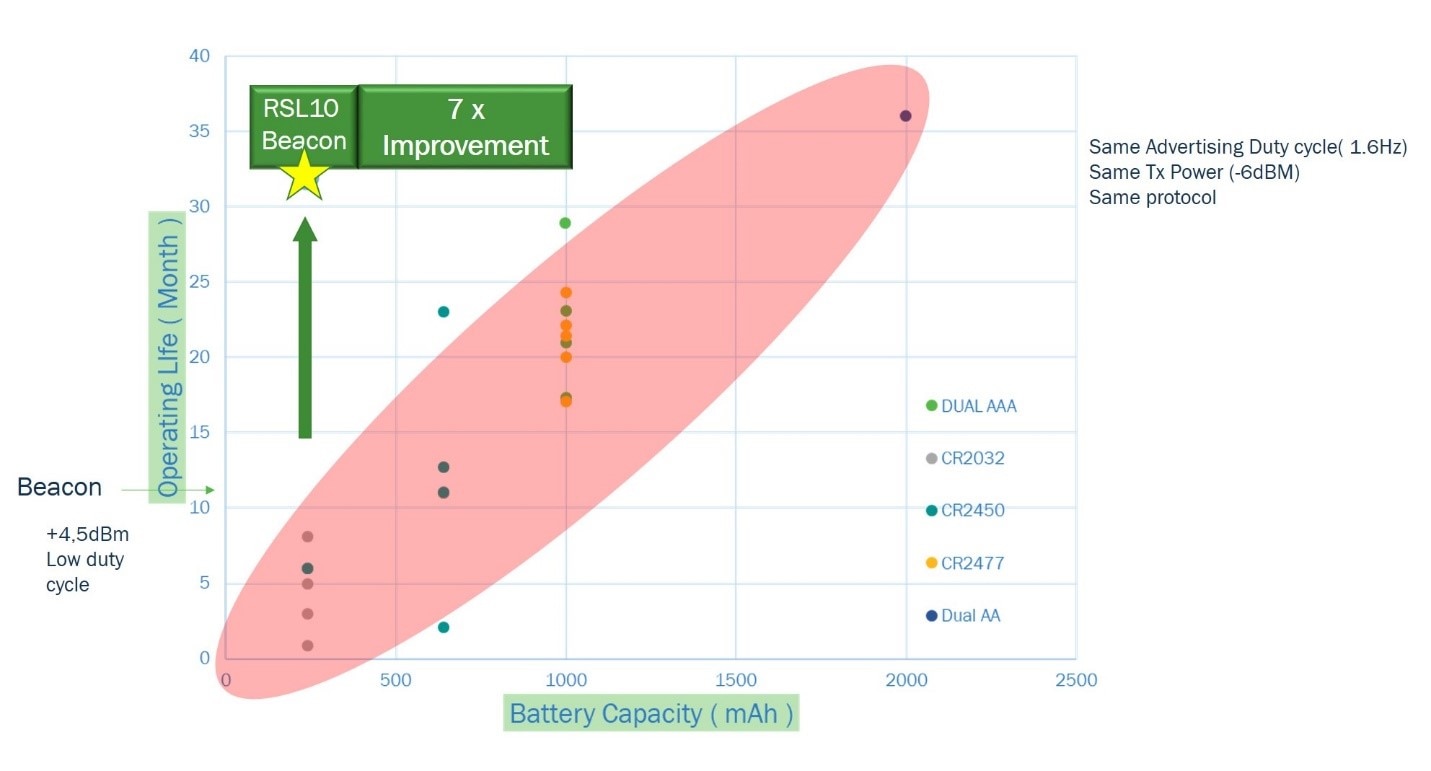 Figure 4. RSL10-based beacon battery life improvement (Data: Aislelab)
Figure 4. RSL10-based beacon battery life improvement (Data: Aislelab)
New energy sources
By implementing more energy-efficient radio SoCs, manufacturers are now able to investigate new and alternative sources of energy that weren’t previously possible. These include using smaller coin-cell batteries (CR24xx to CR2016), using surface-mounted micro-batteries, or even designing battery-free applications. Any of these options improve the overall design by reducing the application weight, size and complexity.
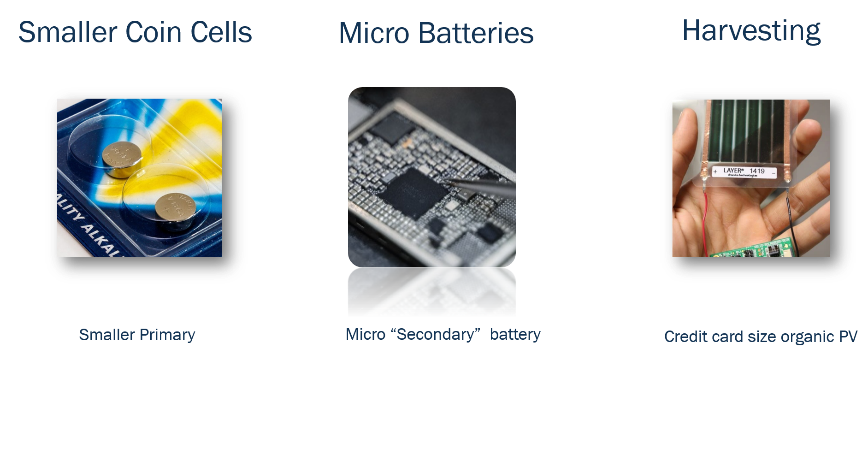 Figure 5. New and alternative energy sources for asset tags
Figure 5. New and alternative energy sources for asset tags
ON Semiconductor recently worked with Dracula Technologies to develop a proof of concept of a sensor node powered completely by a photovoltaic (PV) cell. The design was based on Dracula Technologies’ LAYER® as well as the LEAP Award-winning RSL10 Solar Cell Multi-Sensor Platform. The design was roughly half the size of a credit card, and able to provide continuous, battery-free Bluetooth LE beacons and environmental sensing capabilities.
 Figure 6. The RSL10 solar cell multi-sensor platform
Figure 6. The RSL10 solar cell multi-sensor platform
Improved Algorithms
ON Semiconductor engineers have improved the performance of asset management tags at the firmware level by optimizing boot sequences and by developing specific algorithms for real-time locating systems (RTLS).
In the standard RSL10 Bluetooth LE stack, transmission occurs by default over three defined channels (37, 38 and 39). This is done in order to increase the likelihood that a beacon event is received by the anchor or gateway device. It is important to reduce the power consumption out of those tiny and short bursts so that the event energy budget is reduced to the maximum for a given transmit power. In this example, we have reached less than 20 µJ per event of 11 milliseconds (ms) as shown in the graph below.
Based on this calculation, if the tag was to send information once every 33 ms, the battery life of a CR2016 battery is extended to approximately six years.
 Figure 7. Energy consumption measurement for optimized Bluetooth LE transmission and standby
Figure 7. Energy consumption measurement for optimized Bluetooth LE transmission and standby
Algorithm optimization does not just reside within Bluetooth LE. Using another firmware package provided for the RSL10 - the RSL10 Quuppa RTLS AoA CMSIS PackQ- we are able to reduce power consumption by another 30%. This RTLS implementation is particularly smart as it alleviates the transmit power budget without compromising system performance as Real-time localization runs and updates at 50 Hertz.
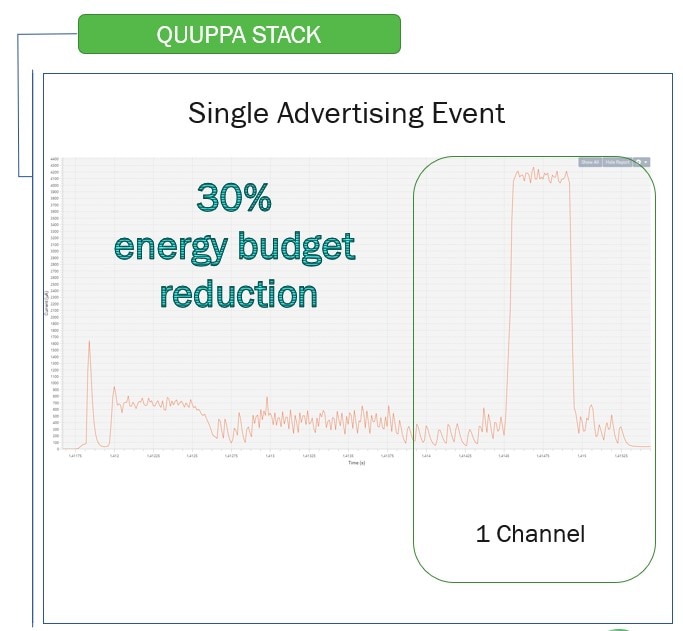 Figure 8. Single Advertising Event using the RSL10 Quuppa AoA Tag CMSIS pack
Figure 8. Single Advertising Event using the RSL10 Quuppa AoA Tag CMSIS pack
With these improvements, system integrators can ensure that the asset tags they design and release to the market will not run out of batteries after less than a year, allowing them to forget the tracker and focus on the asset.
Learn more about how to extend the battery life of Bluetooth enabled tags and other IoT asset management technologies in Bruno Damien’s upcoming webinar, “How IoT Asset Management Technologies are Transforming Manufacturing” (June 9, 10 AM CET or June 10, 11 AM PT/2 PM ET).

Be sure to subscribe to our blog and follow us on social media to receive the latest updates on our technologies, solutions and company news!
Twitter | Facebook | LinkedIn | Instagram | YouTube




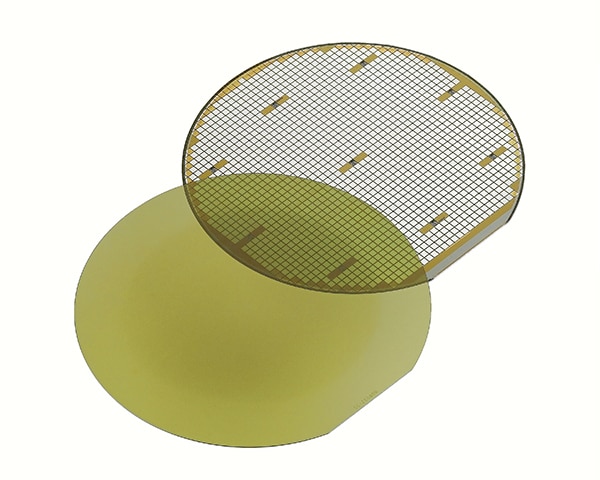




 Figure 1. Asset tracking forecast by connectivity technology
Figure 1. Asset tracking forecast by connectivity technology
 Figure 3.
Figure 3.  Figure 4.
Figure 4.  Figure 5. New and alternative energy sources for asset tags
Figure 5. New and alternative energy sources for asset tags Figure 6.
Figure 6.  Figure 7. Energy consumption measurement for optimized Bluetooth LE transmission and standby
Figure 7. Energy consumption measurement for optimized Bluetooth LE transmission and standby Figure 8. Single Advertising Event using the
Figure 8. Single Advertising Event using the 



